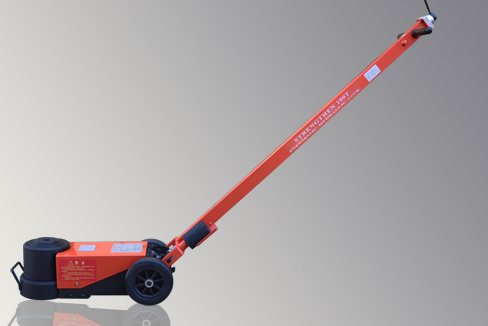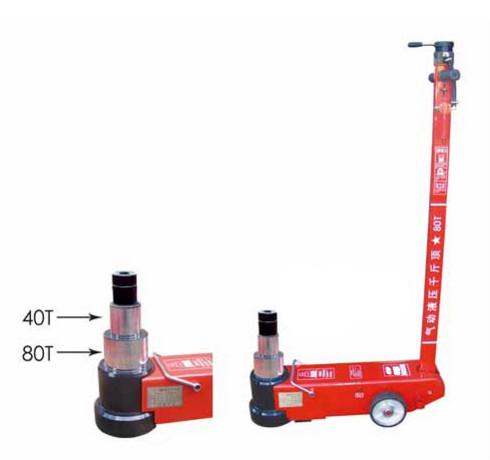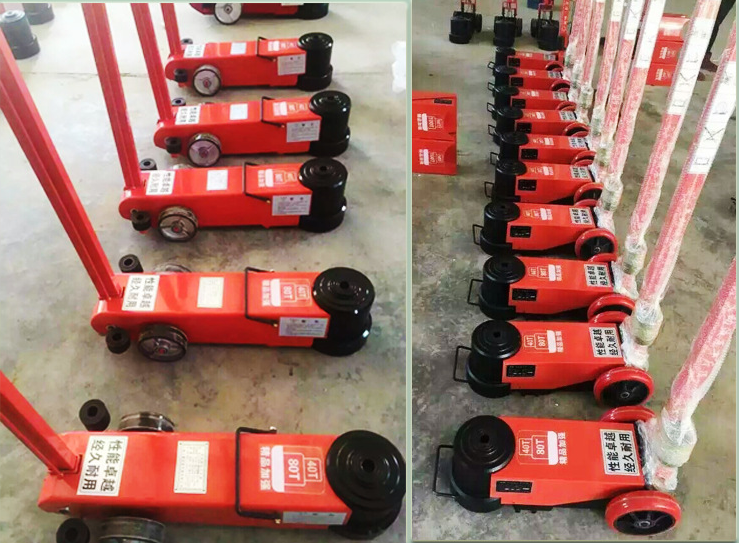Although China has entered the world's largest automobile manufacturing country, it is still not a strong country for automobile manufacturing. The level of quality of auto parts products determines the prospects for the future development of China's auto industry. Facing severe challenges At the beginning of this year, a survey conducted by the China Automotive Engineering Society on the status quo of the auto parts industry and product R&D capabilities showed that China’s auto parts companies’ R&D investment currently accounts for only about 1.4% of sales revenue, far below the average of 5% for multinational companies. Level. Even the top-ranked Chinese parts and components company has a sales gap of more than 10 times compared with the top 100 auto parts suppliers in the world. According to research data, foreign-funded enterprises already occupy more than 60% of the market share in China's auto parts market; in the auto parts market, foreign-invested companies have a market share of nearly 80%; and high-tech content such as automotive electronics and engine parts and components. In the field, its market share is as high as 90%. In addition, the key technology market is also almost monopolized by foreign companies. The data shows that in the production of key components such as automotive EFI systems, engine management systems, ABS and airbags, the proportion of foreign-funded enterprises is 100%, 100%, 91% and 69% respectively. Imported automatic transmissions are The share on the domestic market is also as high as 78%. According to statistics, the average investment of the foreign parts and components industry is 1.2 to 1.5 times that of the entire vehicle company, while the current situation in China is less than 0.3, which is obviously lower than the international average level; the proportion of corporate R&D personnel in the total employees in China is 2.5%. The company is above 10%. In developed countries, the research and development capabilities of auto parts companies have been ahead of vehicle companies. With the development of a new car, 70% of the intellectual property rights belong to auto parts companies, while the vast majority of parts and components companies in China do not have product development capabilities. Product development cannot meet the requirements of the complete vehicle factory in time. Compared with international auto parts giants, Chinese companies are obviously at a disadvantage, and the parts and components industry is facing severe challenges. Foreign capital strengthens control The huge impact of the financial crisis on the world auto industry directly led to the deterioration of the financial status of many auto parts suppliers. According to the forecast data released by Roland Berger International Management Consulting Co. in March this year, the profit rate of global auto parts suppliers will drop sharply in 2009, and the pre-EBIT margin may be zero. This cruel reality has accelerated the strong expansion of foreign-owned component companies in China. From the fourth quarter of last year, GKN, BorgWarner, Johnson Controls and other world-renowned spare parts companies have all established wholly-owned or joint venture factories in China. Although the national industrial policy sets a standard for the localization rate of foreign-made brands, the foreign investment in the domestic core components such as parts and components and high-end products occupies a monopoly position, and foreign investment in the supply of domestic OEMs Obviously prevailed. One noteworthy new situation is that before the industry generally believed that new energy vehicles could become a breakthrough point for China's auto industry to achieve leap-forward development, but since 2008, China has begun to adopt more and more imported key technologies in new energy vehicles. Parts. This seems to be a shortcut to realize the industrialization of new energy vehicles. However, local parts and components companies will lose their opportunities for development. In the long run, they will likely become the constraints of independent innovation of new energy vehicles. Call for detailed policies Although the automotive industry policies in 1994 and 2004 all mentioned the development of auto parts, there is still a lack of systematic strategic design and policy design. The "Reinvigoration and Adjustment Plan for the Automotive Industry" released earlier this year is repeatedly referred to in the research and development, autonomy and industrialization of key auto parts technology, the merger and reorganization of parts and components companies, and the export of parts and components. This is not enough. We also lack systemic strategic design and policy design for the process of transformation and upgrading of auto parts industry, including strategic objectives, implementation steps, standards and regulations, and policy measures. The specific policies that are still lacking in implementation led to the overwhelming majority of domestic-funded parts and components companies being unable to obtain funding and technical support due to lack of policy guidance and specific incentive measures, and they could not form a stable supplier relationship with OEMs, nor developed. The enthusiasm of the product, and once there is a breakthrough in technology, will soon become the goal of foreign companies to devour. The autonomy of key auto parts needs urgently detailed policy measures. Build your own brand Parts themselves are not final products and must be installed on automobiles to reflect their use value. Therefore, the development of auto parts can not be separated from the whole vehicle. The experience abroad shows that the research and development of the vehicle must be carried out in parallel with the development of parts and components so that the parts can be targeted. If they are separated from the vehicle, the parts can only be “closed doorsâ€. The level of parts and components is gradually increasing in interaction with the vehicle. Therefore, when we blame China's spare parts companies for their lack of R&D capabilities, or for parts and components companies that require research and development capabilities, we should consider them together with the vehicle's R&D capabilities. However, this situation is gradually improving. Like Zhejiang Wanxiang Group and Dongying Auto Parts, Chinese auto parts companies that have gradually entered the international OEM market began to emerge, relying on their excellent product and management capabilities, especially their independent research and development capabilities. This gives us an enlightenment: Whether it is based on the domestic market or break into the international market, there is no right to speak without an independent brand, and there is no “pass†to go to the international market. Chinese parts and components companies must improve their R&D capabilities, develop core technologies, and create autonomy. Brand.
An air hydraulic jack is a hydraulic jack that is actuated by compressed air - for example, air from a compressor - instead of human work. This eliminates the need for the user to actuate the hydraulic mechanism, saving effort and potentially increasing speed. Sometimes, such air hydraulic jack are also able to be operated by the normal hydraulic actuation method, thereby retaining functionality, even if a source of compressed air is not available.
Photos show
Air Hydraulic Jack Air Hydraulic Jack,Mini Hydraulic Jack,Air Bag Car Jack,Hydraulic Ton Jack Hebei Liston Lifting Rigging Manufacturing Co., Ltd. , https://www.liftingriggingfactory.com


